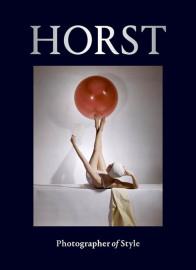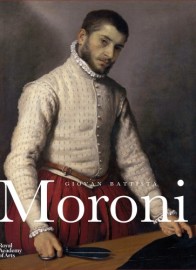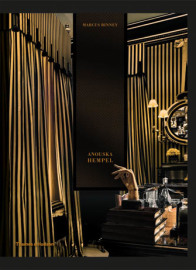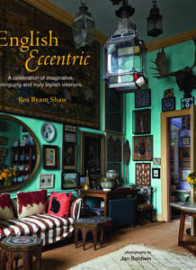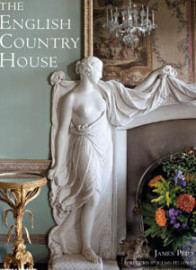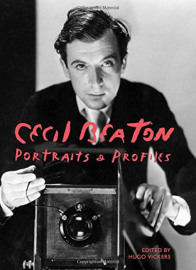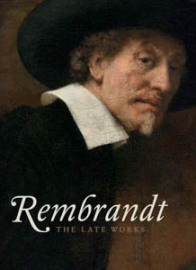Malevich at Tate Modern – Review
It is impossible whilst walking through the life of Kazimir Malevich (1879-1935) at the first retrospective of his work in the UK at Tate Modern, not to get emotionally carried away with the power of it all. The excitement, hope and confidence in the future and then the shattering disappointments, the lingering death of hope and idealism are all too palpably witnessed on the walls. You can’t help feeling that this is not just the story of a great modern artist who was at the forefront of an avant-garde that still creatively and intellectually resonates today, but it is also the ongoing story of Russia, it’s hopes and dreams, struggles and disappointments.
Woman with Rake 1930-32 © State Tretyakov Gallery, Moscow
The (possibly apocryphal) Chinese curse, “may you live in interesting times” could have been whispered into the lively ear of the young Malevich, whose career fed by European art movements, accelerated at urgent and break-neck speed through an environment of diseased traditional despotism and dying ideals, disastrous world war, idealistic revolution and then back to despotism – though this time it was to be a more muscular, ham-fisted and totalitarian variety. The epochal and world shattering events that happened around him were not a background to his personality ideas and work, they were central to them and he was effortlessly in tune with the zeitgeist of his times. Malevich was confidently aware that the sell-by date of the old regime was over and he even participated in the 1905 Moscow uprising: Its ideas were bankrupt and stale, and it’s foundational institutions like the church and aristocracy were rotting and irrelevant.
Your journey begins with paintings of youthful emulation that brim with a determination to find their own voice. A portrait of the artist’s father shows us that he could more than competently do figuration. There are also curious paintings of Christian saints shrouded in eastern motifs, perhaps influenced by the latest Theosophical ideas. But it is clear that he was more interested in creating art that mattered, not one that merely imitated nature or was just beautiful. He filters, hybridises and condenses recent European movements, but all the while searching for a specifically Russian response to modernity, which he boldly produces with his Cubo-Futurism. But Russia is primarily an agrarian society, so Marinetti’s industrial Futurism with its clanking machines and smoke belching industry is for example replaced with a focus on the Russian peasant and the Russian countryside, where resides the Russian spirit. Picasso and Braque’s colourless Cubism is blended with all the colours of Russian icons, which are judged to be a distinctly Russian art form.
Your journey reaches its climax – perhaps all too quickly – with the shocking power of the Black Square painted in June 1915. This work symbolises the coming together of everything and yet nothing at the same time. The incantatory intensity of the message pulses from the canvas in an unmistakable silent sonic boom: it speaks of the ‘Zero Hour’ in modern art, as the Tate describes it. As the idea for the work formed in his mind, Malevich set to work in a frenzy of excitement, and the white noise of the Black Square drowned out all other noise for him, as it does for any stunned viewer of this work. This was to be the high point, the defining moment of his career.
Aware of all the fashionable movements of the time, all the isms that were coming in thick and fast by which artists were attempting to make their mark on the aesthetic ideal, Malevich does nothing less than take Ockam’s Razor to that very ideal. His mission transcends aesthetics so he proclaims the death of painting to coincide with the death of the old order with this work, which he prefigured by just a couple of years. The lights go out and normal transmissions are interrupted while the artist takes stock. Malevich is strikingly in tune with the zeitgeist as if he was working hand in glove with the Bolshevik revolutionaries on the one hand, and with the other incipient, far-flung abstractionists Kandinsky, Mondrian and Delaunay on the other.
Black Square 1929 © State Tretyakov Gallery, Moscow
But what can follow the Black Square? Can painting survive? Will the lights go back on? Will transmission ever resume? You wonder as you proceed to walk through this man’s life. The answers to these questions are far from straightforward and prove to be: “Yes!”; “Categorically Not!”; and then grudgingly and tragically “Yes” again…
Malevich’s immediate creative response is pure abstraction with his Suprematist paintings, which are coincidentally broadcast in a form which slightly recall the testcard of old analogue TV. Beautiful geometric forms appear to move about on an infinite ground, pulled this way and that like magnets attracting iron filings. The energy and vitality of these works belie the disastrous war taking place at the time and perhaps allude to his optimism that Russia would finally shake off its shackles, stand up and march forward. But in the hands of an ideologue like Malevich, the Razor once unsheathed must complete its work. And so painting soon fades away into a ghostly extinction, as the Suprematist energy behind it metamorphoses art into a sculptural, visionary impression of our future architecture or ‘architectons’: The shape of things to come in the new Utopia.
For artists like Malevich who were cut from a more heroic cloth, art was not an end in itself. He was merely a messenger, or prophet of the new order, and if art was not deemed relevant to the new egalitarian society – which clearly had more pressing issues on its plate – then it must go. Willingly even enthusiastically Malevich and others commit professional suicide for the good of the new order. “Painting died,” explains Malevich in 1919 “like the old regime, because it was an organic part of it.”
But it soon transpired that what had died was not painting on its path to its Suprematist apotheosis, but with Lenin’s death in 1924 also went many of these desperate hopes and dreams for a bright new future. The dull thud of Stalin’s heavy fist was the only noise in Russian now. Stalin was no visionary idealist and the avant-garde was condemned as elitist in the new dumbed-down authoritarianism. The door to intellectual and artistic experimentation was slammed shut and bolted tight. Socialist Realism was the only game in town, which like the fascist art of Europe was purely didactic and propagandist. Stalin’s totalitarianism used technology, ideology and all the instruments of coercion to reinstate shackles which the recently departed tsars could never have even dreamed of. The danger with giving primacy to ideology it turns out, is that you may not get the one you want; and Malevich’s sophisticated, positivist, free thinking and evolving Suprematist ideology was to be completely at odds with that of Stalin.
Suprematist Painting (with Black Trapezium and Red Square) 1915 © Stedelijk Museum, Amsterdam
It is a little depressing then to find paintings making a reappearance in Malevich’s work, even if some of them would have seemed more outstanding if not for his collapsed ideals. The last seven years of his life were lived in these oppressive circumstances, which were also accompanied by national famine, starvation and persecution. In 1930 he was arrested and imprisoned for two months on trumped up charges. The paintings in this period are understandably nostalgic – and we have seen many of them before – harkening back to the period before the Black Square; before Stalin. They are also deeply constrained, and the heroic revolutionary is left resorting to base irony as he “counterfeits nature” himself with these stilted, mannequin-like figurative paintings, ambiguously dressed in Renaissance garb, but actually echoing his now proscribed work as his response to Socialist Realism. It is particularly sad to find him signing these works with the revolutionary Black Square: a resigned and pitiful act of defiance signalling the death of hopes and dreams.
___________________________________________













